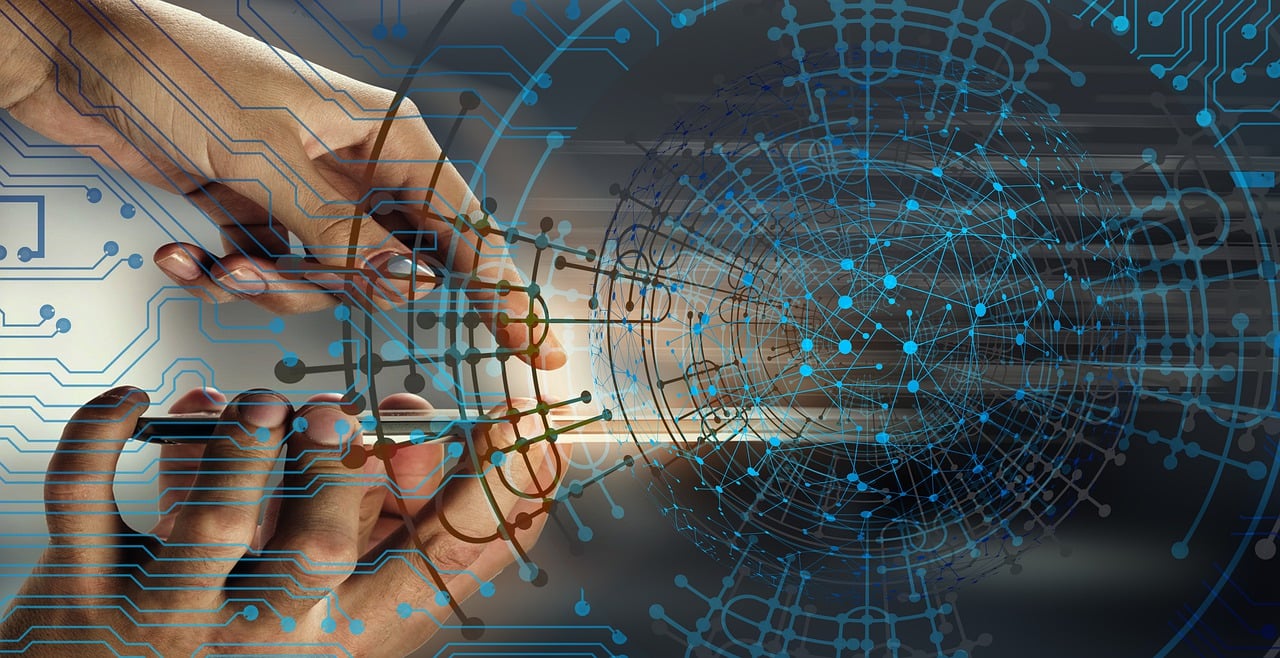
Introduction
In the following, we’ll try to define IoT or IIoT and look for any differences between the two terminologies. Two of the key technologies in the digitalization revolution are the Industrial Internet of Things (IIoT) and the Internet of Things (IoT), which is used for private systems. You have probably heard these terms used frequently, and you may even be using IoT and IIoT technology. IoT and IIoT can help businesses function more efficiently, make better decisions, and open up new revenue sources by connecting various devices and pieces of equipment through the Internet. Let’s examine these technologies more closely and how your company might benefit from their capabilities.
How does the Internet of Things (IoT) operate?
The Internet of Things (IoT) is a network of interconnected devices that can exchange messages and provide consumers with access to data. IoT devices often feature sensors that allow them to collect data and connect to the Internet. Although an IoT device may be helpful on its own, it becomes even more effective when used in conjunction with other IoT devices.
The IoT expands in scope as more equipment becomes able to connect to the Internet. A wide variety of gadgets are part of the IoT. The number of connected devices is increasing every day, and anything from factory equipment to electrical substations to buildings and infrastructure can be a part of it. The IoT is used by a wide range of enterprises, including manufacturers, energy providers, local governments, and many more.
With the use of IoT technology, you can gather data automatically from many different tasks, such as how much energy a building’s lighting is using or how much water is passing through a wastewater treatment plant. The data that IoT systems and devices collect can be sent to a centralized system over the Internet. Managers can utilize this information to guide their decisions after that. You can go further into the data using data analysis techniques to gain new insights and make predictions about the future
How does the IIoT operate?
A subtype of IoT is IIoT. IoT technology utilized in industrial settings, namely in manufacturing plants, is what the phrase alludes to. The next stage of the industrial revolution, known as Industry 4.0, heavily relies on the IIoT. Smart technology, data, automation, interconnectivity, artificial intelligence, and other technologies and capabilities are highlighted by Industry 4.0. The management of factories and industrial organizations is being revolutionized by these technologies.
Many of the same applications and advantages as IoT are possible with IIoT. Manufacturing equipment, energy systems, and infrastructure like pipelines and wiring can all use smart sensors. These sensors can assist industrial businesses in increasing their efficiency, production, employee safety, and other factors through the data they collect and the cutting-edge capabilities they provide.
Operations managers receive data from IIoT that improves machine-to-machine connectivity and offers them a better understanding of how their facility is running. Industrial businesses can keep a better eye on how much energy, water, and other resources they’re using, as well as when and how much they’re creating, by continuously gathering granular data. To maximize their operation, operators can then make manual modifications, or the equipment can adjust automatically.
Companies can conserve a substantial amount of energy, water, and resources through ongoing optimization while sustaining or improving productivity levels. IIoT can assist businesses in achieving their lean manufacturing objectives when employed in this way. IIoT can be used to speed up product development, guide predictive maintenance plans, and accomplish other corporate objectives.
Conclusion
Collection of data is the core of both IoT and IIoT systems, as described above, and one could ask if it is enough to collect all this data alone?.
The clear answer to this is NO. Collection of data is an important thing; however, this data also has to be used for something, and it is here that the Cloud-Based IoT/IIoT System from iTracking Asia comes in. The data collected will be presented in an easy-to-understand way by iTracking Asia’s cloud-based IoT/IIoT System, so management and operations managers will be able to use the results to enhance productivity and safeguard resources.
In the following articles, we will look at how IIoT can benefit the service and hospitality, health, and industry sectors.